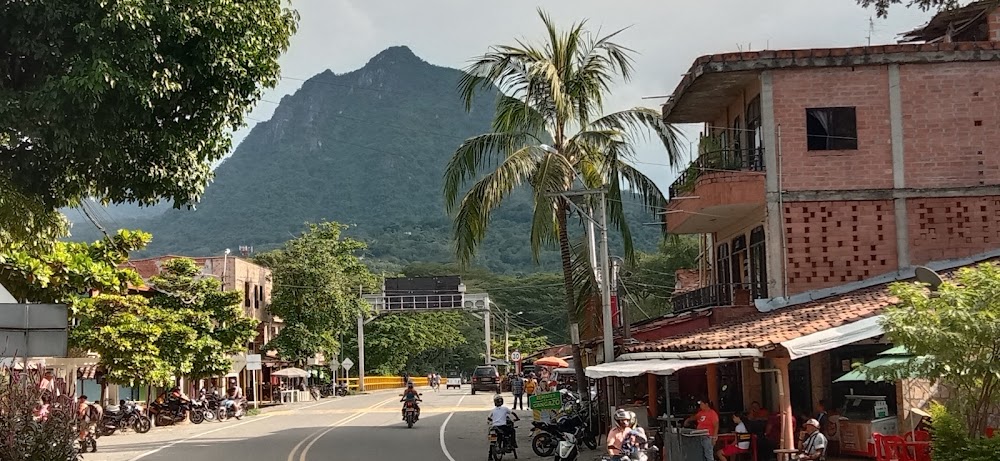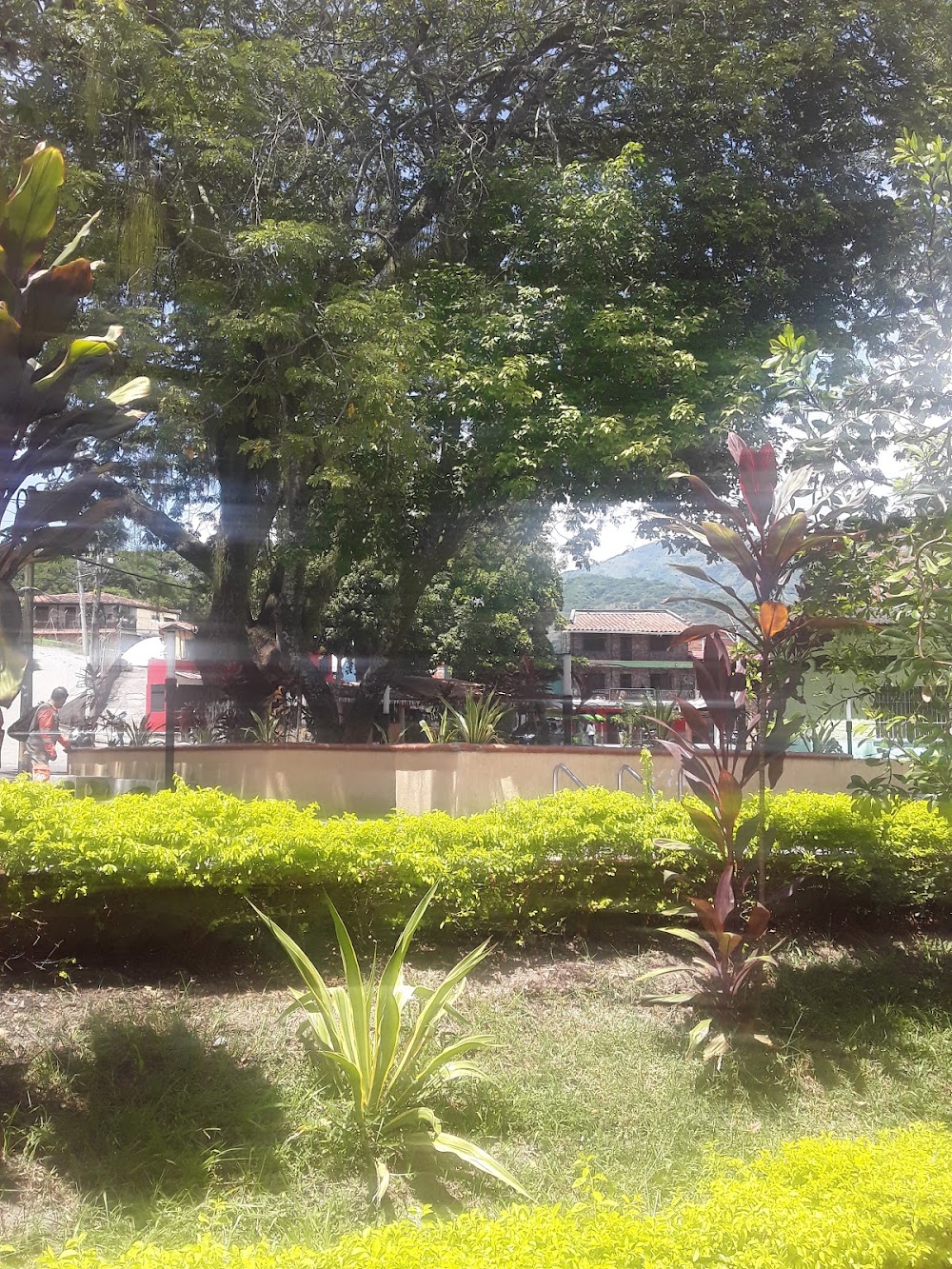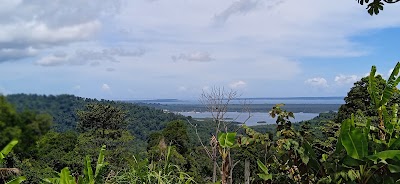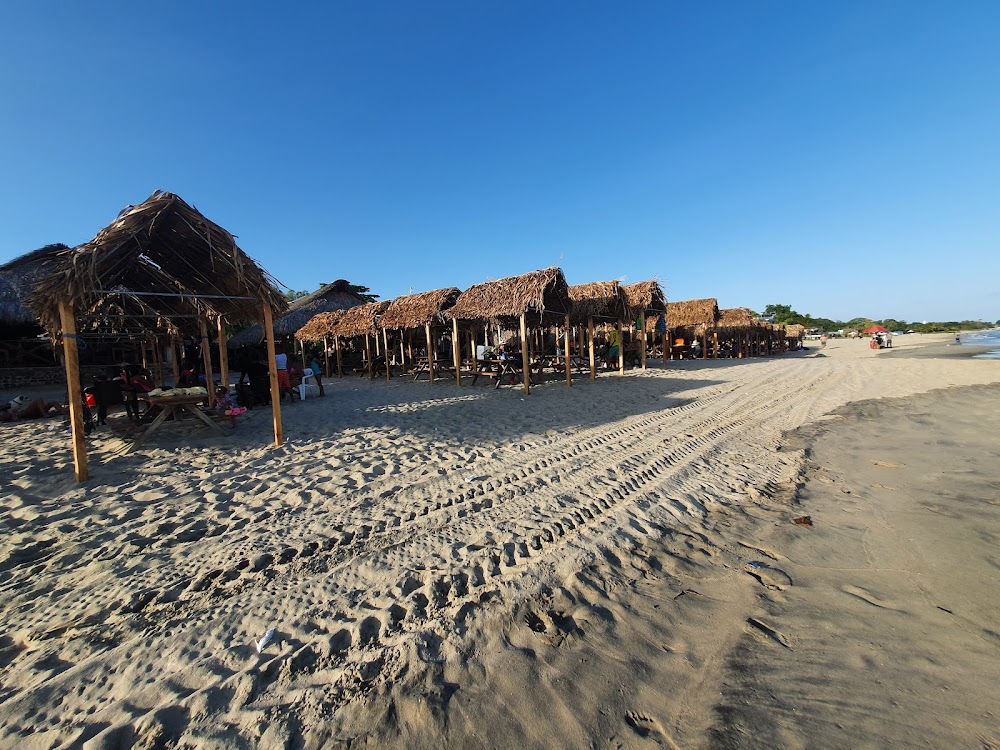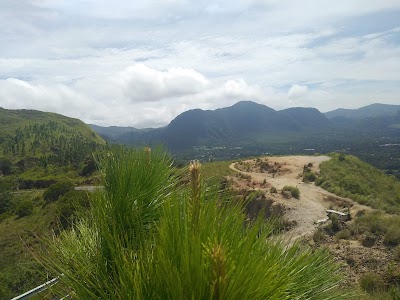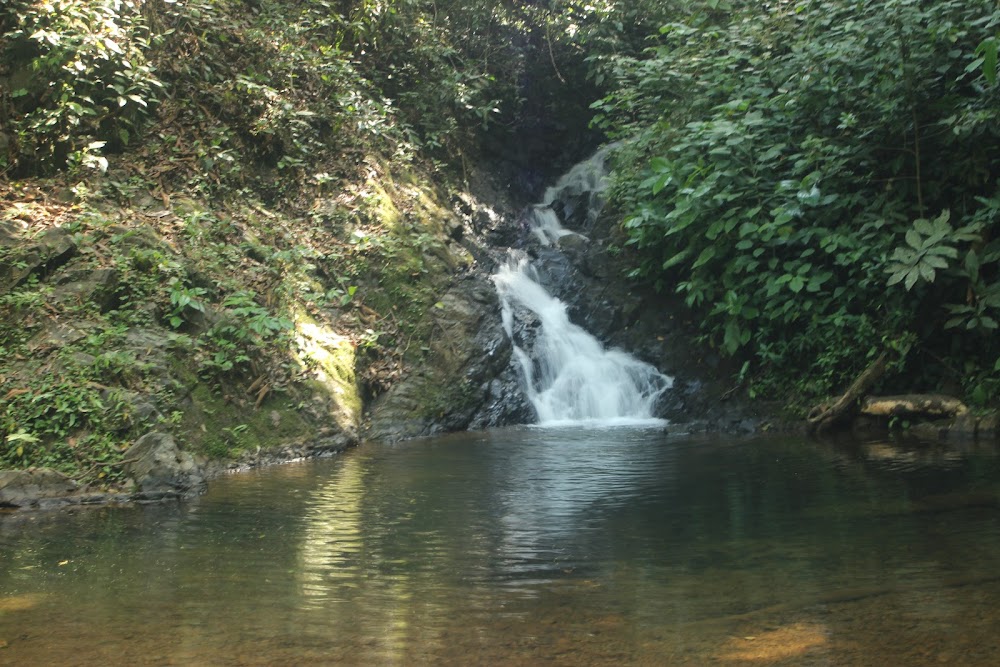La Pintada (La Pintada)
Overview
La Pintada, nestled in the heart of Coclé Province, Panama, is a town teeming with cultural heritage and breathtaking natural beauty. Surrounded by lush mountains and vibrant greenery, La Pintada is a true testament to the region's rich history and the craftsmanship of its people.
Historical Significance
The roots of La Pintada stretch back to pre-Columbian times when indigenous groups inhabited the area, leaving behind petroglyphs that give the town its name—'La Pintada,' which translates to 'The Painted.' These ancient rock engravings, still visible today, provide a fascinating glimpse into the area's long and storied past, serving as a bridge between generations.
In the colonial era, Spanish settlers established the modern town, developing it primarily as an agricultural hub. The hilly terrain became a canvas for coffee plantations, thriving thanks to the region's rich volcanic soil. This fertile land also supported cattle ranching and sugar cane farming, laying a stable economic foundation for the town's growth.
Cultural Crafts and Panama Hats
One of La Pintada's most remarkable features is its production of Panama hats, locally known as 'sombreros pintados.' Although the name may be misleading—since these hats actually originated in Ecuador—they gained fame through their export via Panama. In La Pintada, the tradition of weaving these hats is a cherished communal activity passed down through generations.
The craftsmanship involved in hat-making is meticulous; skilled artisans carefully select toquilla straw for its quality, which is then boiled, sun-dried, and split into fine strands. The weaving process can take weeks to months, resulting in hats that are not only stunning but also durable.
Community and Infrastructure
The economic activities in La Pintada have spurred significant infrastructural developments. In the mid-20th century, improved road access connected the town more closely with other parts of Coclé Province and greater Panama, facilitating trade and mobility. Local authorities have invested in essential facilities, including schools, healthcare centers, and marketplaces, to support the growing population.
Yet, La Pintada is not solely defined by work; it also boasts a vibrant cultural life. Festivals and celebrations throughout the year reflect a blend of indigenous traditions and colonial influences. A highlight is the annual Festival del Sombrero Pintado, which showcases the art of hat-making. During this lively event, visitors and locals alike revel in parades, traditional music, dance performances, and the chance to purchase authentic Panama hats directly from skilled craftsmen.
Religious Celebrations and Nature
Religious festivals also play a significant role in the community. The feast of San Juan Bautista, the town's patron saint, involves processions, church services, and communal feasts that foster a strong sense of unity among residents.
La Pintada's stunning landscape makes it a haven for nature lovers. Hiking trails meander through the surrounding forests, offering breathtaking views and opportunities to encounter diverse wildlife. The community is also committed to environmental conservation, promoting sustainable tourism and protecting local ecosystems.
A Harmonious Community
Over the years, La Pintada has skillfully balanced its historical traditions with modern advancements. This unique blend of indigenous heritage, colonial history, and contemporary development has forged a harmonious community. A deep respect for tradition, coupled with a vision for sustainable growth, characterizes this remarkable town.
Today, La Pintada is a vital part of Coclé Province, captivating visitors with its scenic beauty and rich cultural significance. Tourists and scholars alike leave with an appreciation for the town's mastery of crafts, its vibrant celebrations, and the serene beauty of its natural surroundings. Each element of La Pintada's story—its origins, agricultural roots, craft traditions, festivals, and natural splendor—contributes to its distinctive charm, making it a cherished gem within Panama.


